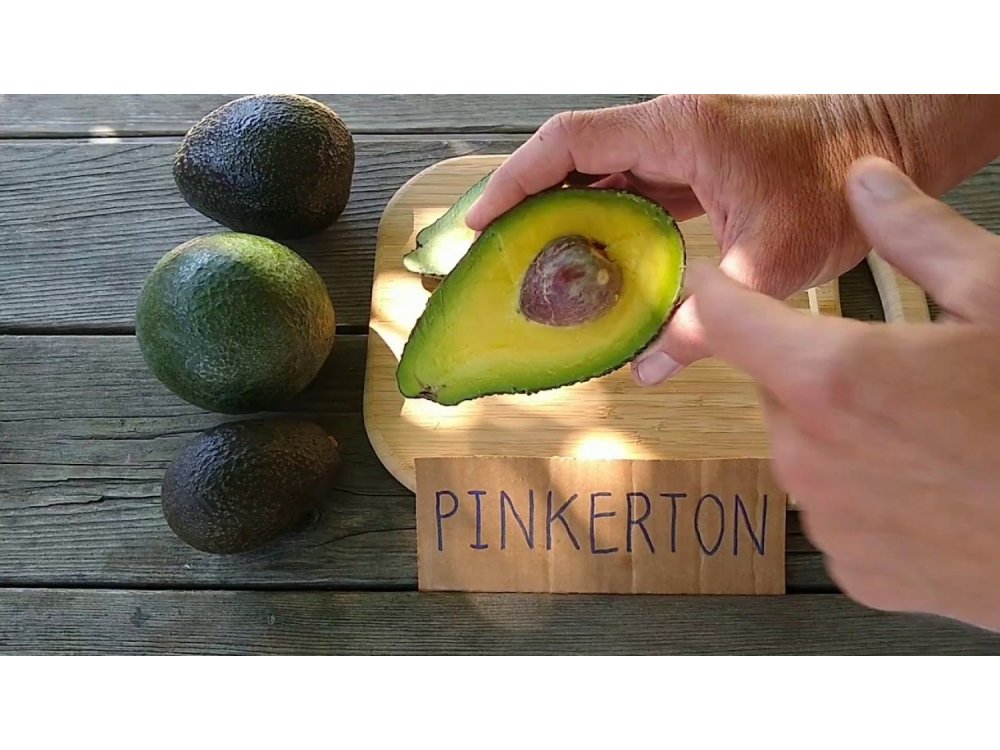Product description
Pinkerton
by Laurie Meadows
Summary: If you want to grow a small avocado tree, the Pinkerton avocado is a good choice for the backyard. Provided you have pollination variety. The Pinkerton avocado variety is, in warmer climates, a fruit that ripens from winter to early spring. In New Zealand's coldest winter conditions,
most of the crop is more likely to be ripe in the spring. The larger sized but still slightly immature 'early set' fruit can also be picked from mid-July and will be of much better eating quality than any Hass picked July size.
Pinkerton fruit is green skin type. The skin is thin, flexible and peels easily. The flesh is smooth, fatty,
and is of excellent nutritional quality.
The Pinkerton tree is small, almost dwarf, and easily trained on a single stem.
Pinkerton has a very long flowering and fruiting season, but in New Zealand I suspect the winter flowers will produce little, if any, fruit. The best set is probably from flowers in September and October. Pinkerton has type A flowers,
and a type B variety seems to be needed for fruit set. Overall, this is the perfect size avocado for a small garden - if the pollination issue can be resolved.
History
The Pinkerton avocado variety was originally a random seedling selected in Saticoy, Ventura County, California, USA by J. Pinkerton in the 1960s. It was patented in the USA in 1975.
Pinkerton has proven to be a cross between the very compact and low fruiting winter-spring variety 'Rincon' and 'Hass'. Genetic studies by the University of Oxford in 2009 showed that Pinkerton appears to be 98% Guatemalan, not "part Mexican" as previously believed. Hash is the pollen parent.
Rincon, the maternal parent,
it is most likely to be largely from Guatemala with a small contribution from the Mexican avocado group. Rincon is a small tree, only 4 meters tall and wide after 10 years, and while the fruit quality is good, the seed is large and the flesh around the seed rather thin and subject to pressure bruising when packed for purchase.
Rincon's maturity overlaps Fuerte, but Fuerte ships much better than Rincon, so the parent tree never found favor with growers.
Commercial prospects
Pinkerton, the offspring of Rincon, has the desirable small tree size and easy peeling of its maternal parent, and has the small seed size and superior flavor of its paternal parent.
Pinkerton seemed to be the perfect high quality early season fruit in California. Ventura County can be quite cold at times in the winter - too cold for 'winter fruiting' Fuerte, the main winter variety, to reliably set fruit. Pinkerton was considered a variety that can fruit more reliably, as Pinkerton is relatively cold hardy (for an avocado).
It seems to grow well in areas of California where the climate suits it, but Pinkerton needs a variety of pollinator to set fruit well and has had quite a few problems with the flesh discoloring while in refrigeration. It is also a 'green skin' variety of avocado, which is said to be 'confounding consumers'.
As a result, its early promise has not been realized and Pinkerton has not gained much traction commercially - despite its excellent nutritional quality.
Winter fruiting avocados
We have two late winter fruiting avocado varieties here, Fuerte and Pinkerton. The large Fuerte tree here is in a shady position and rarely bears more than six or so fruits.
By 2014, our few Pinkerton trees proved equally unproductive, even in a sunny location. The missing factor was probably the lack of cross-pollination with a 'B' type avocado. No "B" fertiliser, no fruit.
It would be nice if Pinkerton could be persuaded to bear fruit reliably, if only in the spring.
The fruit has a lot going for it. The long-necked, pear-shaped fruit is quite large, with a leathery skin that peels off very easily, the flesh is fiberless, smooth and buttery, has a very good oil content, and the seed is usually small and easily separated from the flesh. Quite a bit of fruit. Additionally,
It appears to be resistant to both splitting and black rot (Anthracnose) which can develop on the basal tip of Fuerte.
The tree
The tree is low and spreading if left to grow naturally, but is easily trained to a single leader and tops out at 2m or less. In fact, it is particularly easy to manage as a small tree -
much easier to manage as a very compact tree than Hass and Reed for example.
The foliage is somewhat 'weeping' and the side branches relatively short and lax - somewhat similar to Reed. Pinkerton has relatively short internodes and crowded branches need to be thinned out to allow light penetration.
Flowering and fruiting
Pinkerton is premature,
that is, it begins to flower and grow very soon after planting. Pinkerton is an A-flowering tree. US experience is that it can produce very large crops if B-flowering avocados are planted nearby. Sharwill may be the best pollinator as it sheds pollen virtually throughout Pinkerton's long flowering period.
Bacon can also be suitable, even Fuerte (actually nominally type A). Ettinger is likely to be an extremely good pollinator.
I have grafted Sharwill onto one of the trees and the grafted branch started flowering in 2014 - as did a tiny Ettinger tree growing very close by. The result seems to be a good set of fruit,
but a delay in the date of the first flowers. The normal winter bloom seems to be absent, probably due to the crop load that concentrates all the resources.
The flowering period of Pinkerton is very long - throughout the winter until late spring. Trees that do not have crops have their first flowers in late May,
but this first 'dose' of flowering is very slow and sporadic, with very few flowers open each day, and usually nothing. In the warmer parts of South Africa, where winter temperatures do not drop below 9 degrees Celsius and average winter highs are 24 degrees Celsius, the fruit drops around mid-August.
New Zealand is nowhere near as warm as that (average winter highs are around 18oC in Auckland), explaining the lack of winter ripening. If a crop has started from winter flowering, the fruits are relatively round.
The "early main flowering" begins in early spring, around the beginning of September. Fruits that ripen either very late in winter or in spring are pears.
shaped.
The main flowering, the period of most prolific and synchronized flowering, is from about the end of September until October, when the weather is warmer. This is the period, I suspect, when the fruit can set. Again, South Africa's experience is that in climates similar to ours (average low 4.4oC, average high 18oC),
The fruits began to set only at the beginning of October.
Pinkerton finishes flowering around the end of October. On sunny October days, Pinkerton is likely to be in female phase at noon and just after noon (DST). In October males tend to be in the late afternoon,
and it can stay open all night and into the next morning (Hass sometimes does this too). While Hash overlaps the tail end of Pinkerton's flowering period, it has "A" type flowers like Pinkerton, and many Hash male flowers are likely to overlap the female phase in Pinkerton.
Pinkerton flowering 18 months after vaccination
Pinkerton fruits are generally quite large
Fruit
Above, Hass wind, below Pinkerton early July Pinkerton
the pear-
The shaped spring fruits have a particularly long, but relatively wide neck. The size of the fruit ranges from medium to large, with an average weight ranging from about 220 to 400 grams (some large fruits can reach about 500 grams). The skin is slightly pebbly, leathery, quite thin and peels easily. The skin of ripe fruits is dull green,
and remains green even when ripe. When the Pinkerton is ripe and ready to drink, it feels firmer to gentle hand pressure than a ripe Hass.
The very early fruits can be picked very well in winter (from late June) and ripened in a bag with an apple (or other ethylene-producing fruit). If they are harvested too early, the body will mature and be fine,
if it is a little sweet, but the neck will remain hard. It is necessary to use ethylene to ripen these just-ripe fruits.
Early spring fruit set ripens the following early spring - but can be very good indeed as early as late August, even though they are not fully ripe. These fruits have good oil content, little or no fiber in the flesh,
and smooth creamy flesh. However, they do not have a strong flavor richness.
The main set is late October and early November (and mostly November in slightly cooler parts of New Zealand's avocado 'growing' region). These fruits are fully ripe in September-October (and November). At this point they taste really good,
as well as the characteristic oiliness. (In the US, prime-season fruit has between 19% and 25% oil content.) In early November, the fruit begins to fall from the tree naturally. Overripe fruit is also prone to rot, although not as bad as Hass. Some areas may have some late Pinkerton fruit ripening as late as December.
Pinkerton fruit is great eating, high in oil, but lacks the depth of flavor of a well-developed, fully ripe Hass fruit.
In 2003 HortResearch Ltd carried out a study on the dry matter and oil content of different avocado varieties from the Bay of Plenty.
Both Pinkerton and Hass fruit harvested between late October and mid-November had similar high dry matter values of around 29%. Hass must be at least 24% dry matter to be able to ripen once harvested. Both fruits had an oil content of almost 19%. In the USA,
8% oil content is the minimum legal standard for the fruit to be sold and at 8% oil Pinkerton has 18.9% dry matter. US consumer tests place the "acceptable taste" for Pinkerton at 20% dry matter. Pinkerton fruit with these low oil and dry matter levels were likely harvested in winter. Thus, the natural season of maturity for media
late flowers (those most likely to congeal and hold on the tree) seem to be confirmed as mid-late spring.
The Pinkerton does not "store on the tree" as much as the Hass (a fully ripe Hass will hang on the tree for several months), making the Pinkerton a rather short season fruit once fully ripe.
Firm, ripe, fruit store well away from the tree.
But fruit picked and stored on the same day can have uneven ripening—in the sense that the odd fruit in the batch will ripen while the rest remain hard. These fast maturing individuals may become overripe and have patches of a kind of "glassy" flesh that breaks down just under the skin and along the path of the (usually inconspicuous) fibers.
The only visual indication that a fruit in the lot is overripe is the presence of distinctive grey-black diffuse spots in certain areas of the skin. There is some suggestive evidence that this kind of flesh decay is more common in trees that have abundant amounts of nitrogen but relatively low calcium in their tissues.
Low fruit in July can be good if it is very early fruit and the season was warm. Full-sized immatures are picked and ethylene-ripened at this time are usually no more than "acceptable" - a slightly grassy flavor,
a little water, not too much oil. In contrast, this early Pinkerton fruit was very, very good - fat, no water, almost no fiber, fine-grained, soft, almost creamy flesh, medium-sized seeds good and even flesh color, peeled like a dream - first class fruit for the season next year.


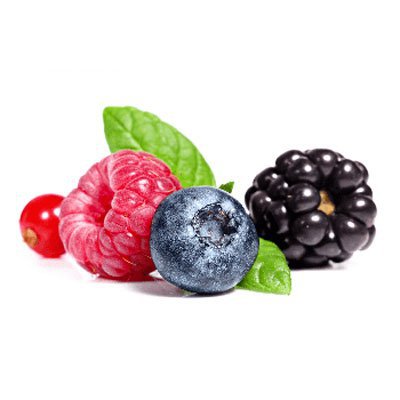
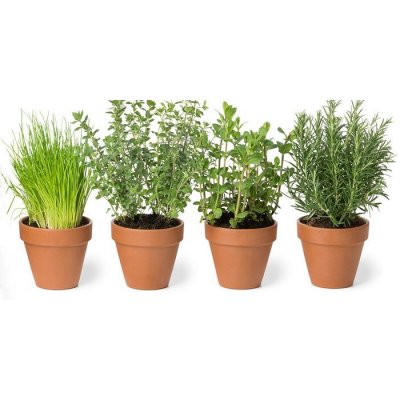
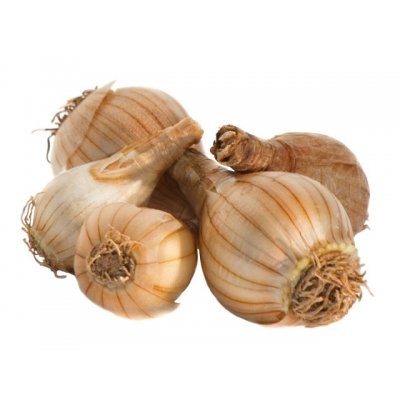
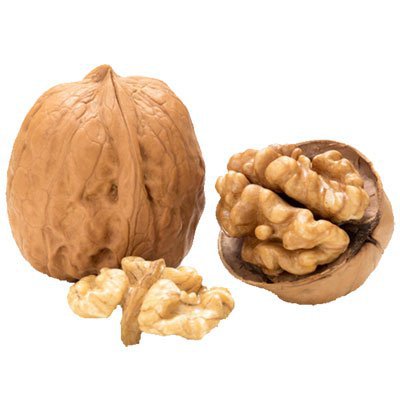
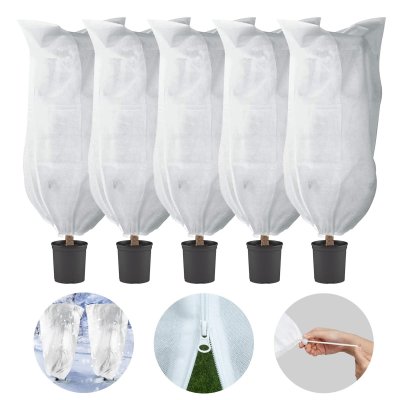
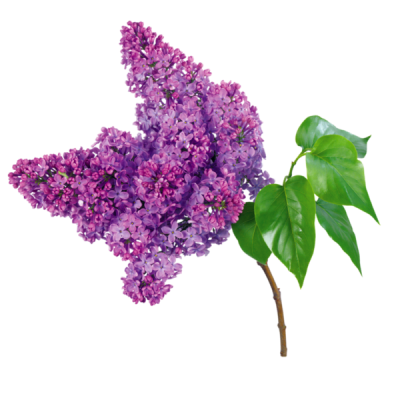
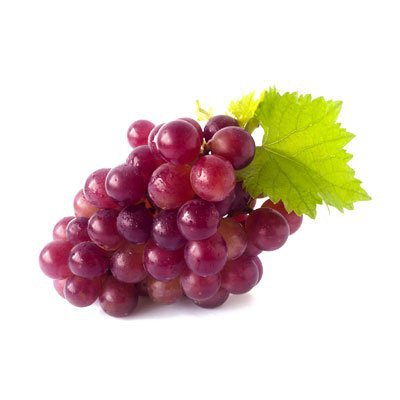
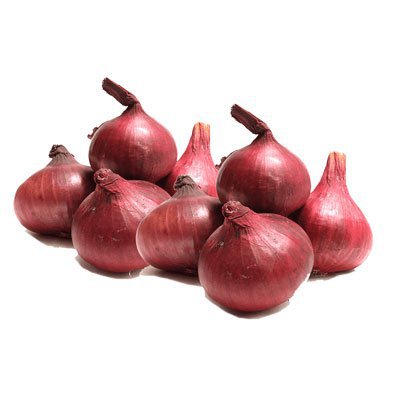
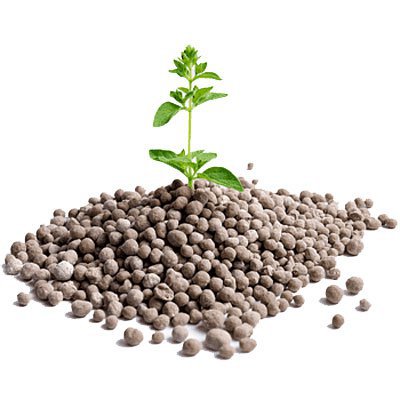
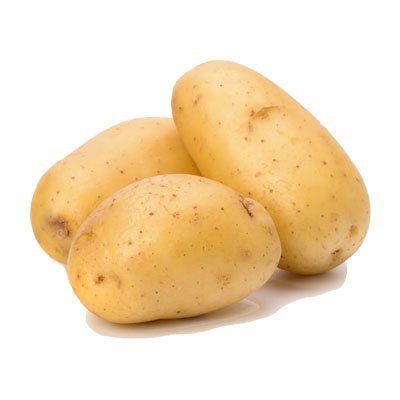
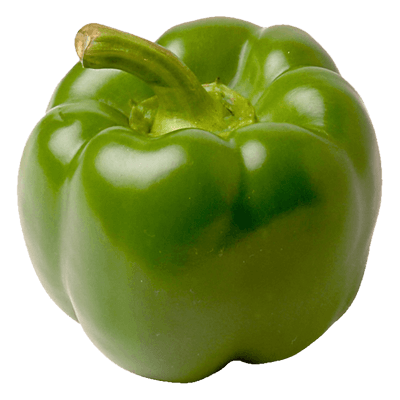


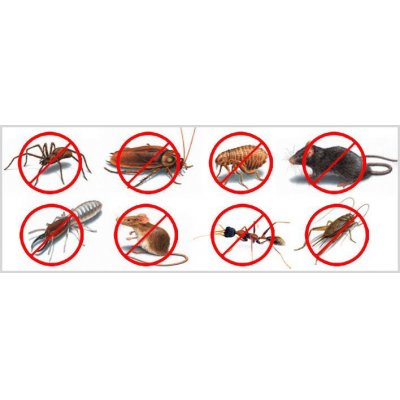
 Forest Fruit Plants
Forest Fruit Plants Spice Herbs Medicinal seeds
Spice Herbs Medicinal seeds Bulbs
Bulbs Fruit Trees
Fruit Trees Garden Materials
Garden Materials Ornamental Plants
Ornamental Plants Grapevine Plants
Grapevine Plants Onion Set
Onion Set Fertilizers
Fertilizers Potato seed
Potato seed Seeds
Seeds Roses
Roses Tropical Plants
Tropical Plants Home Pesticides
Home Pesticides